Interview with Jim Kraus, author of Christian fiction 'The Cat That God Sent'
Jim Kraus is a longtime writer and editor who has authored or co-authored more than 20 books, both fiction and nonfiction. His best-selling humor book, Bloopers, Blunders, Jokes, Quips, and Quotes, was published by Tyndale House Publishers, sold more than 40,000 copies and inspired several spin-off books. Jim, and his wife, novelist Terri Kraus, and one son, live in the Chicago area.
Also residing with them is a sweet and gentle miniature schnauzer named Rufus. Coincidently, Rufus is also the name of the dog in Jim's recent book, The Dog That Talked to God. "What a coincidence," Jim said. "What are the odds of that happening?" They also share space with an ill-tempered Siberian cat named Petey. Coincidently, Petey is the name of the cat in Jim’s most current book, The Cat That God Sent, by Abingdon Press.
Jim recently was awarded a Master of Writing Arts degree from DePaul University. "Now, I am able to write more better," Jim said. (Yes, that is supposed to be humorous.)
Passionate about writing, Jim loves to create true-to-life characters. "I tend to be the one at the party that is on the edge of things--observing how folks act and react. Plus, I'm not that crazy about people in general--so it works out fine." (Again, it's supposed to be funny.)
Visit his website at www.jimkraus.com.
-----------------------
Q: Welcome to The Writer's Life! Now that your book has been published, we’d
love to find out more about the process.
Can we begin by having you take us at the beginning? Where did you come up with the idea to write
your book?
The book is called The Cat That God Sent.
I had written a book called The Dog that Talked to God (published by Abingdon Press). Much to my surprise, it did pretty well and hit the Christian Booksellers Association’s bestseller list and is a finalist in the Evangelical Christian Publishers Book of the Year/Fiction. Rufus, the dog in the story, a miniature schnauzer, had been modeled after our dog, also a miniature schnauzer, also called Rufus. (I mean—what are the odds of that happening?)We also have a Siberian cat—called Petey—who has deemed us as suitable hosts. Once the cat saw that dog book, there was no way to keep him appeased. Cats are jealous that way.So The Cat that God Sent was born out of that. It seemed logical to follow a dog book with a cat book.
Q: How hard was it to write a book like this and do
you have any tips that you could pass on which would make the journey easier
for other writers?
I found cats to be more inscrutable—harder to know what they are thinking. (Dogs, on the other hand are very scrutable and much more simple and child-like.)Honestly, though, writing this book . . . well, it was easy to write. Writers out there—please don’t hate me. I tend not to encounter writer’s block. It like Anne Lamott said: “Do one bird at a time.”But here is a writing tip some might find helpful. This is the 22nd or 23rd book (give or take a book or two) that I’ve written. The last two books have been the most enjoyable to write. They were the first books that I wrote that were not aimed for any specific “genre.” Unless there is a talking-dog/cat genre that I’m unaware of. So my writing was “freed” from worrying about conventions and expectations.And so far, the genre-free dog book has been my most successful book—and I’m hoping for the same with The Cat That God Sent.So, writers, follow your gut—and do what brings you the most pleasure.
Q: Who is your publisher and how did you find them
or did you self-publish?
Abingdon Press. I’ve been publishing for a while, and my agent, Chip MacGregor of MacGregor Literary, brought the book to Abingdon. They took a chance on the “dog” book, and were foolish . . . no—I mean wise enough to publish the “cat” book as well.I happen to work for a book publisher and they published my first books. That relationship made it easier in some ways. We both knew each other and I had an insider’s viewpoint as to what to expect.Book publishing is akin to making sausage: the end product is wonderful, but the process can be off-putting.
Q: Is there anything that surprised you about
getting your first book published?
Here’s the reality of publishing: you can work and slave over a book for a year or two years or a lifetime—and then—let’s just say your book is picked up by a publisher. All your hard work and blood, sweat, and tears, disappears into the publisher’s system for months and months, and you remain in the dark this whole time. Then the manuscript gets sent back to you with all sorts of edits and changes and queries and marks, and they need your revisions by the end of the week. It is sometimes hard to deal with that time crunch and those changes and suggestions.But I’ve also learned that editors want the best for the book. It’s their livelihood as well. I hold my “final” drafts very lightly. Book publishing is a collaborative effort and a writer has to respect the advice of editors.
Q: Can you describe the feeling when you saw your
published book for the first time?
The first time I saw my first book was on a lower shelf in a Borders. (It was a long time ago.) Of course I put it face out, rather than spine out like it had been, and moved it up to the eye-level shelf. It felt great—but I also wondered why other shoppers in the store were not as excited as I was.I still get a visceral kick when I see one of my books on a shelf. (And I still move them up to eye-level and put them cover-out.)
Q: What other books (if any) are you working on and
when will they be published?
I am working on a novel about a reluctant woman pastor who winds up in a small, sort of isolated river town in Illinois. The town is populated with eccentric characters. She has to decide if this posting is a final destination or a point of departure.It’s quirky and funny and life-affirming and that’s from the first 17 pages.
Q: Fun question: How does your book contribute to
making this world a better place?
Fun question? No . . . this one is hard.Okay, here’s my reply: I want readers to allow themselves to be surprised by the world around them. Could God really use a cat to help someone? (He could. He could do anything.) But in the book, readers may become more aware of the wondrous, beautiful intricate nature of God and the world around us.
Q: Finally, what message (if any) are you trying to
get across with your book?
Pay attention to cats.They are trying to teach you how to be a better person.Don’t dance when your cat brings you a mouse. (You’ll have to read the book for this one.)Be aware that God is present and he displays His creativity in His creation.
Q: Thank you again for this interview! Do you have any final words?
I have two:1.Good pitching will always stop good hitting, and vice versa. Yogi Berra2.The more we understand individual things, the more we understand God. Spinoza




















































































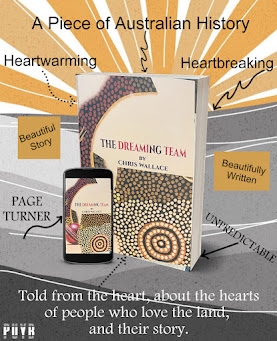

















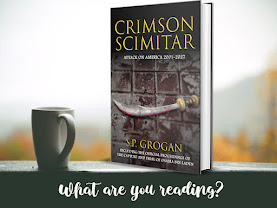


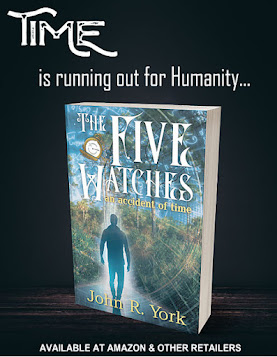
















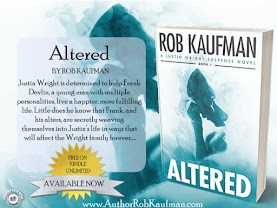
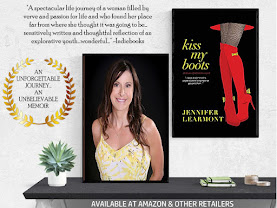
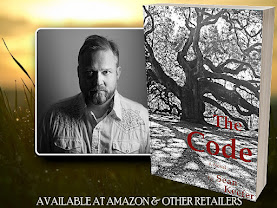




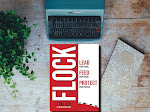


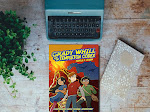








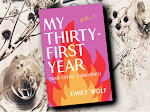






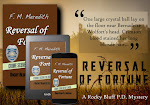

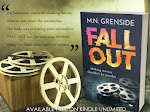


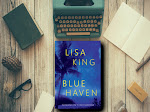




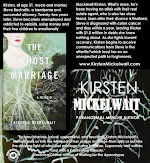












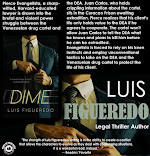

























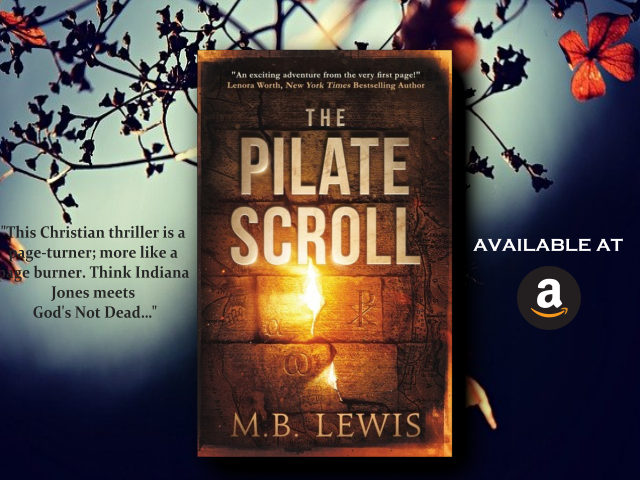













Leave a Comment